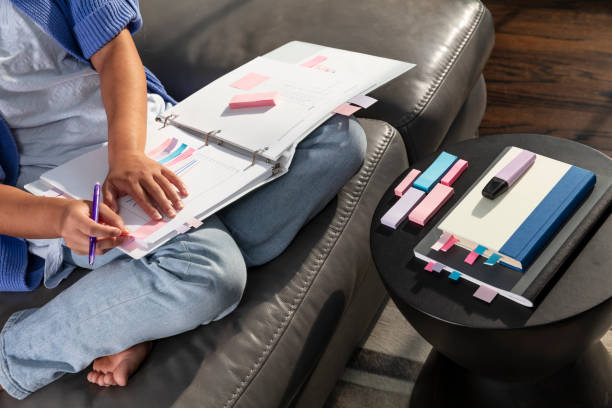In a world increasingly dominated by digital media, the tangible, heartfelt touch of a memory book remains unparalleled. A memory book is more than just a collection of photographs and mementos; it’s a personalized journey through cherished moments and emotions.
Designing your own memory book allows you to preserve your stories in a way that reflects your unique style and the essence of your experiences. Here are some creative ideas to help you craft a memory book that you’ll treasure for years to come.
1. Start with a Theme
Before diving into the design process, consider choosing a theme for your memory book. A theme helps unify the various elements of your book and gives it a cohesive look. Themes can be based on events, such as a wedding or vacation, or more abstract, such as “Growth” or “Adventure.” Once you have a theme, you can choose colors, fonts, and embellishments that align with your chosen concept.
2. Gather Your Materials
Collect all the materials you’ll need before you start. This might include photos, ticket stubs, postcards, and other memorabilia. Consider using high-quality paper for your book’s pages to ensure durability and a professional finish. Don’t forget tools like scissors, glue, and pens for adding personal touches.
3. Create a Layout Plan
Sketch out a rough layout for each page before you start assembling your memory book. Decide where photos, text, and other elements will go. You can create a layout using digital tools or by hand. If you’re using a digital format, software like Adobe InDesign or even simple platforms like Canva can help you design pages. For a more hands-on approach, try using scrapbooking paper and stickers to experiment with different designs.
4. Add Personal Touches
Infuse your memory book with personal touches that make it uniquely yours. Handwritten notes, personal anecdotes, and favorite quotes can add a layer of intimacy and authenticity. Consider including handwritten letters or journal entries alongside your photos. This personal touch not only enhances the visual appeal but also deepens the emotional connection to the content.
5. Incorporate Mixed Media
Adding different types of media can make your memory book more dynamic and engaging. For instance, you can use fabric swatches, dried flowers, or pressed leaves to add texture and interest. Small pockets can hold keepsakes like concert tickets or small trinkets. Experiment with adding embellishments such as stickers, stamps, or washi tape to create visual interest.
6. Design Interactive Elements
Interactive elements can truly bring your memory book to life. Think about incorporating flaps, fold-outs, or mini-envelopes to conceal notes or extra photos. Using an embossing machine to add textured designs or decorative elements can enhance the tactile experience.
Additionally, pop-up features or pull-out tabs can make the book more engaging and fun. These interactive touches create a sense of discovery and add an extra layer of enjoyment to flipping through your cherished memories.
7. Focus on Photo Arrangement
The arrangement of photos is crucial for a visually appealing memory book. Group photos by theme, event, or chronological order to tell a coherent story. You can create collages or use photo mats to highlight special pictures. Don’t be afraid to play with different photo sizes and shapes to create a varied and interesting layout.
8. Choose the Right Binding
The binding of your memory book can greatly impact its longevity and usability. Options include spiral binding, stitched binding, or even hand-bound styles. For a professional finish, consider using a hardcover or faux leather cover. The binding you choose should complement the style of your book and enhance its durability.
9. Include Captions and Dates
Captions and dates add context to your photos and help preserve the story behind each moment. Briefly describe what’s happening in each photo or note significant events. This additional information can make the memory book more meaningful and easier to understand for future readers.
10. Reflect and Revise
Once you’ve assembled your memory book, take a step back and review it with fresh eyes. Look for any areas that may need revision or additional elements. Sometimes, stepping away and returning with a clear perspective can help you spot improvements you might have missed initially.
11. Share and Enjoy
Finally, don’t forget to share your memory book with loved ones. It can be a wonderful gift for family members or a cherished keepsake to enjoy together. Whether displayed on a coffee table or kept on a bookshelf, your memory book will serve as a tangible reminder of the stories and moments that matter most.
Creating a personalized memory book is a rewarding project that allows you to preserve and celebrate your unique experiences. By incorporating these creative ideas, you can design a memory book that is not only a beautiful artifact but also a heartfelt tribute to your journey. So gather your materials, unleash your creativity, and start crafting a memory book that will be cherished for generations to come.

